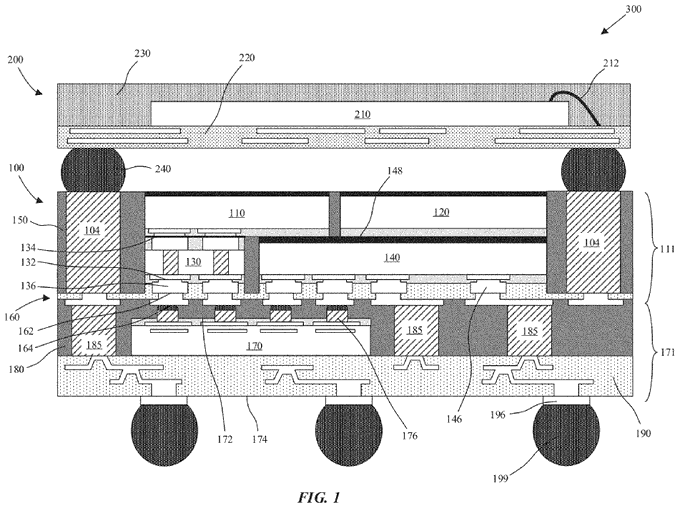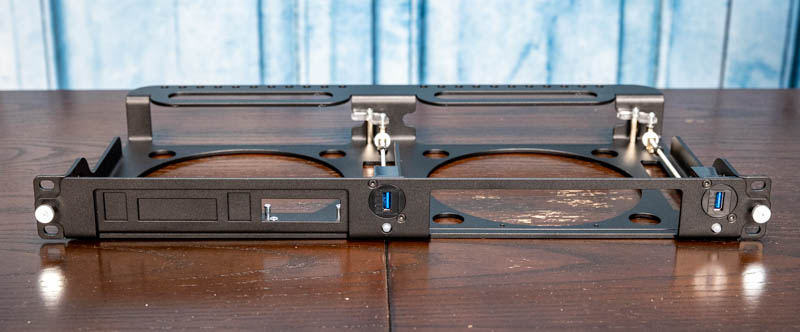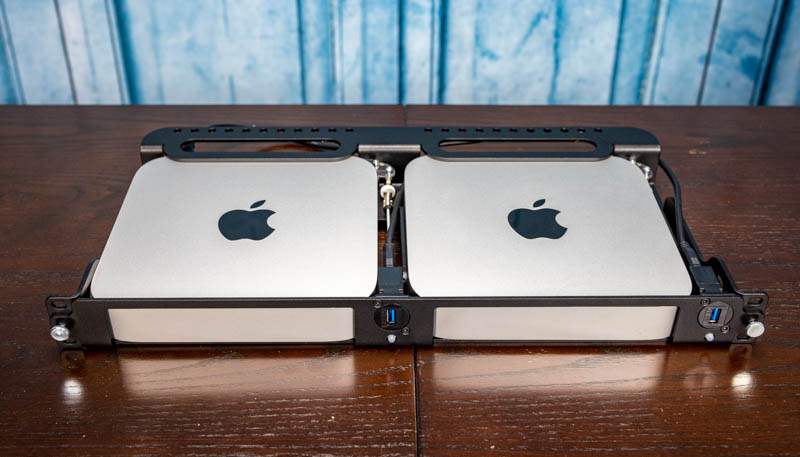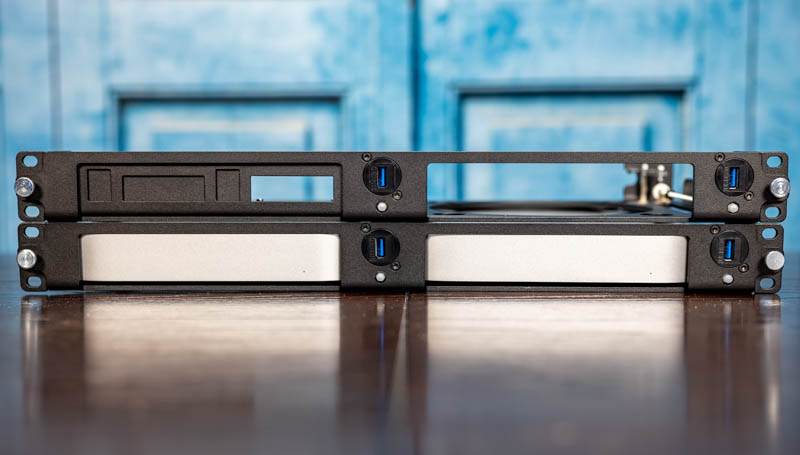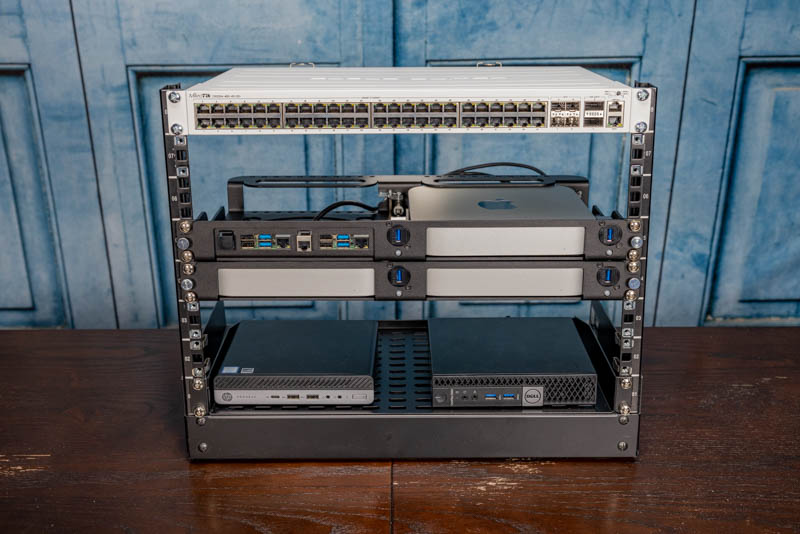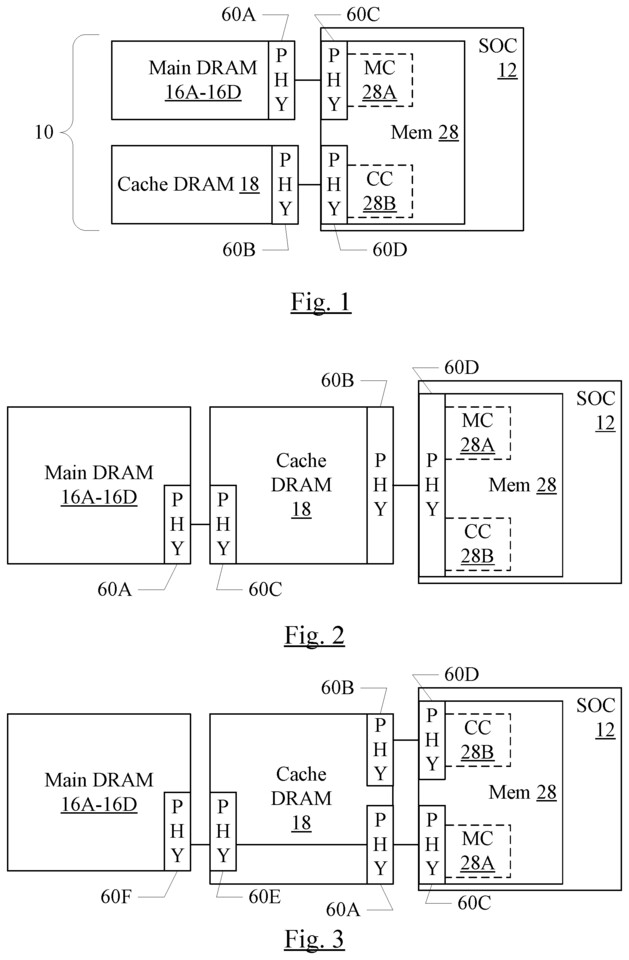Nemesis11
Power Member
Uma noticia da Bloomberg sobre os futuros processadores da Apple para o mercado desktop. Sendo a Bloomberg, penso que é preciso um pouco menos de sal. 
Não tem grandes detalhes sem ser "core counts", mas ficam aqui os pontos principais:
https://www.bloomberg.com/news/arti...ac-chips-with-aim-to-outclass-highest-end-pcs

Não tem grandes detalhes sem ser "core counts", mas ficam aqui os pontos principais:
Apple Preps Next Mac Chips With Aim to Outclass Top-End PCs
The next two lines of Apple chips are also planned to be more ambitious than some industry watchers expected for next year.
Apple is working on designs with as many as 16 power cores and four efficiency cores, the people said.
While that component is in development, Apple could choose to first release variations with only eight or 12 of the high-performance cores enabled depending on production, they said. Chipmakers are often forced to offer some models with lower specifications than they originally intended because of problems that emerge during fabrication.
For higher-end desktop computers, planned for later in 2021 and a new half-sized Mac Pro planned to launch by 2022, Apple is testing a chip design with as many as 32 high-performance cores.
Apple engineers are also developing more ambitious graphics processors.
For its future high-end laptops and mid-range desktops, Apple is testing 16-core and 32-core graphics parts.
For later in 2021 or potentially 2022, Apple is working on pricier graphics upgrades with 64 and 128 dedicated cores aimed at its highest-end machines, the people said. Those graphics chips would be several times faster than the current graphics modules Apple uses from Nvidia and AMD in its Intel-powered hardware.
https://www.bloomberg.com/news/arti...ac-chips-with-aim-to-outclass-highest-end-pcs

